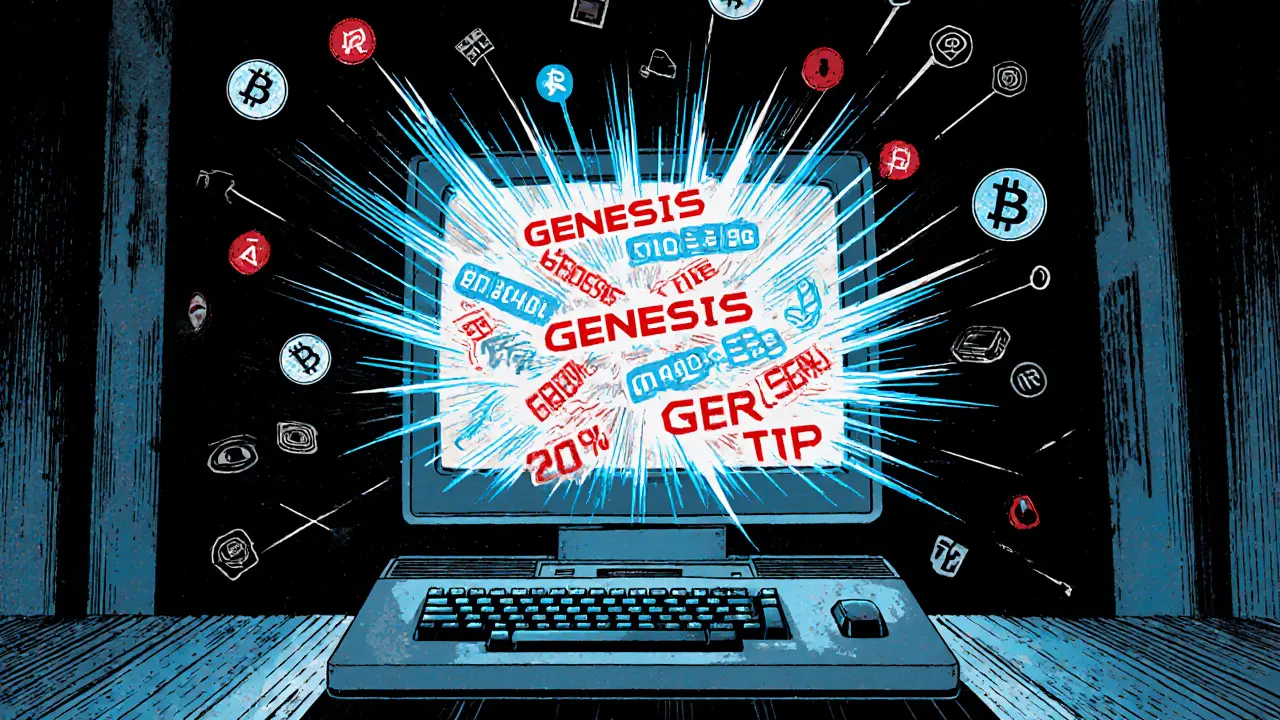Full Node Sync: What It Is and Why It Matters for Bitcoin and Ethereum
When you run a full node sync, a complete copy of a blockchain’s transaction history downloaded and verified on your own device. Also known as running a full node, it means your computer is independently checking every block and transaction on networks like Bitcoin or Ethereum — no middlemen, no guesses. This isn’t just for developers or crypto enthusiasts. It’s how you truly own your crypto. If you don’t sync a full node, you’re relying on someone else’s word that a transaction is valid. With a full node, you verify it yourself.
Syncing a full node requires storage, bandwidth, and time — Bitcoin’s chain is over 500 GB, Ethereum’s is over 1 TB — but the payoff is control. You’re not just a user; you’re a validator. This ties directly to Bitcoin full node, a standalone instance that enforces Bitcoin’s consensus rules, and Ethereum full node, a node that downloads and executes all smart contracts and state changes. These aren’t optional extras. They’re the backbone of decentralization. Without enough full nodes, blockchains become vulnerable to manipulation, censorship, or central control. That’s why even if you use a wallet or exchange, running your own node strengthens the whole system.
It’s not just about security. A full node sync gives you privacy. You don’t need to ask a third-party server if your balance is correct. You don’t leak your wallet address to a public API. You get the truth directly from the chain. And when forks happen — like the ones in blockchain forks — your node automatically follows the correct chain based on consensus rules, not someone’s tweet. The posts below cover real-world examples: how validator slashing affects staking, how Merkle trees verify transactions, and why some exchanges like WhiteBIT or Bitnomial are safer because they run their own infrastructure. You’ll also see why fake tokens like Wrapped USDR don’t exist — because a full node would never recognize them. This isn’t theory. It’s practical defense. If you care about owning crypto instead of just holding it, syncing a full node is the first real step.






